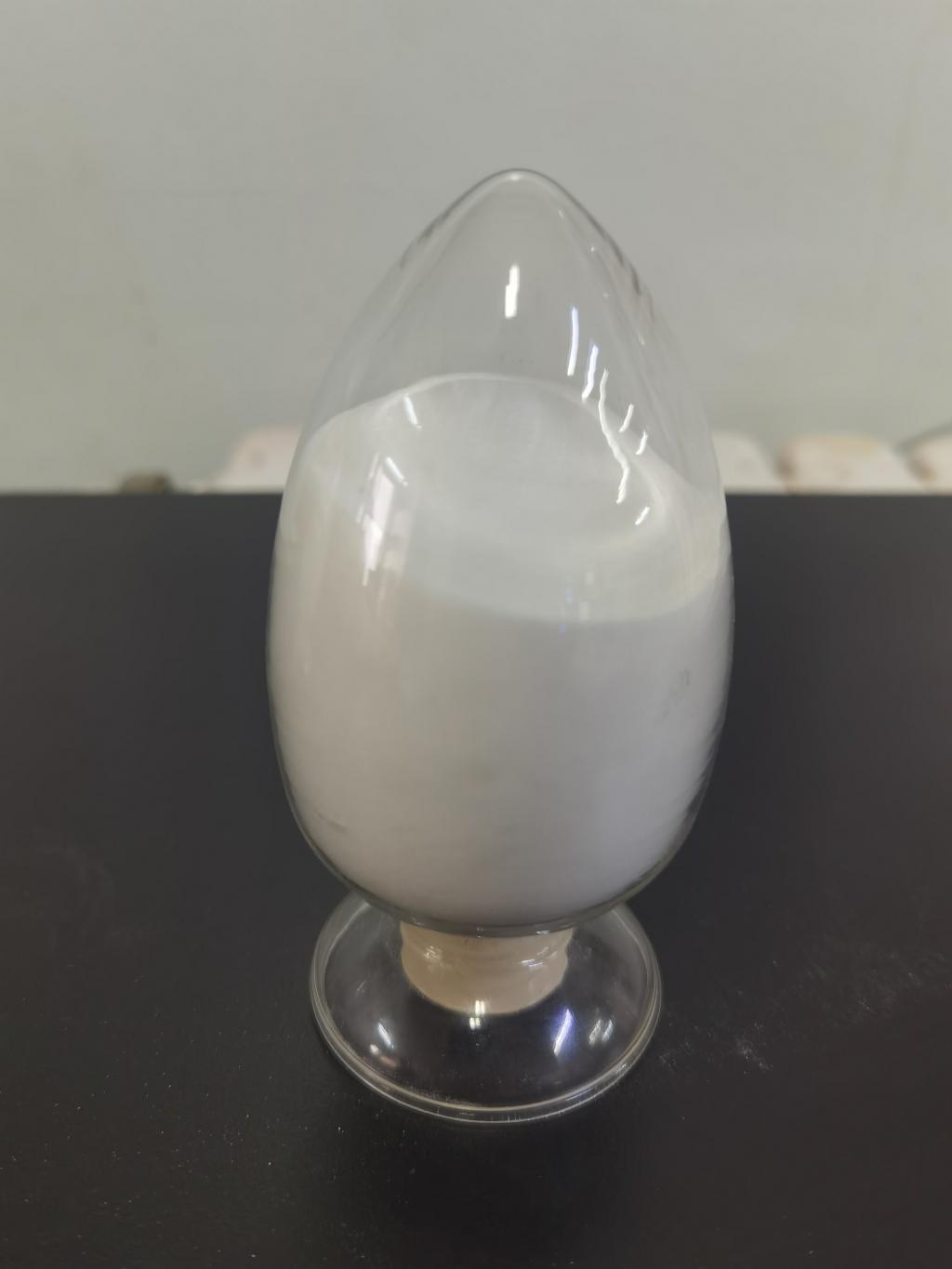Tel:0086 18231198596

News
Enhancing Shelf Life and Quality of Pharmaceuticals using ε-Polylysine Hydrochloride.
TIME:2024-05-28
Understanding ε-Polylysine Hydrochloride
ε-Polylysine hydrochloride is a cationic polypeptide consisting of multiple lysine residues linked by peptide bonds. It is produced by certain strains of Streptomyces albulus and is widely recognized for its antimicrobial and antioxidant properties. ε-Polylysine hydrochloride is approved for use as a food preservative in several countries and has been extensively studied for its safety and efficacy.
Role in Enhancing Shelf Life
Microbial Control: ε-Polylysine hydrochloride exhibits broad-spectrum antimicrobial activity against a wide range of Gram-positive and Gram-negative bacteria, fungi, and yeast. Incorporating ε-Polylysine hydrochloride into pharmaceutical formulations helps prevent microbial contamination during storage and transportation, thereby extending the shelf life of medications.
Biofilm Inhibition: ε-Polylysine hydrochloride disrupts biofilm formation by inhibiting bacterial adhesion and colonization on surfaces. This property is particularly beneficial in preventing biofilm-related infections associated with medical devices or topical pharmaceutical products.
Role in Ensuring Quality
Antioxidant Activity: ε-Polylysine hydrochloride possesses antioxidant properties, scavenging free radicals and preventing oxidative degradation of pharmaceutical ingredients. By reducing oxidation reactions, it helps maintain the potency and stability of active pharmaceutical ingredients (APIs) in formulations.
Preservation of Formulations: ε-Polylysine hydrochloride stabilizes pharmaceutical formulations by inhibiting chemical degradation reactions, such as hydrolysis, oxidation, and photolysis. This ensures the integrity and efficacy of medications over their intended shelf life.
Applications in Pharmaceutical Formulations
Oral Medications: ε-Polylysine hydrochloride can be incorporated into oral solid dosage forms, such as tablets and capsules, to prevent microbial growth and maintain product stability.
Topical Preparations: In topical pharmaceuticals, such as creams, ointments, and gels, ε-Polylysine hydrochloride can be added to prevent microbial contamination and enhance the shelf life of the product.
Parenteral Products: For injectable formulations, ε-Polylysine hydrochloride can be used as a preservative to prevent bacterial contamination and maintain sterility throughout the product's shelf life.
Regulatory Considerations
ε-Polylysine hydrochloride is Generally Recognized as Safe (GRAS) for use in food and has received approval for pharmaceutical applications in some regions. Regulatory agencies, such as the FDA and EMA, provide guidelines and requirements for the use of preservatives in pharmaceutical formulations, ensuring product safety and efficacy.
Future Perspectives
Further research into the optimization of ε-Polylysine hydrochloride formulations, dosage levels, and delivery systems will enhance its efficacy and applicability in pharmaceutical products. Collaborations between pharmaceutical companies, research institutions, and regulatory agencies will facilitate the development and approval of ε-Polylysine hydrochloride-based formulations for commercial use.
Conclusion
ε-Polylysine hydrochloride holds significant promise for enhancing the shelf life and quality of pharmaceutical products through its antimicrobial and antioxidant properties. By incorporating ε-Polylysine hydrochloride into pharmaceutical formulations, manufacturers can ensure microbial control, prevent degradation, and maintain the integrity of medications over their intended shelf life. With continued research and regulatory support, ε-Polylysine hydrochloride is poised to play a crucial role in improving pharmaceutical stability and safety.

 CONTACT
CONTACT




